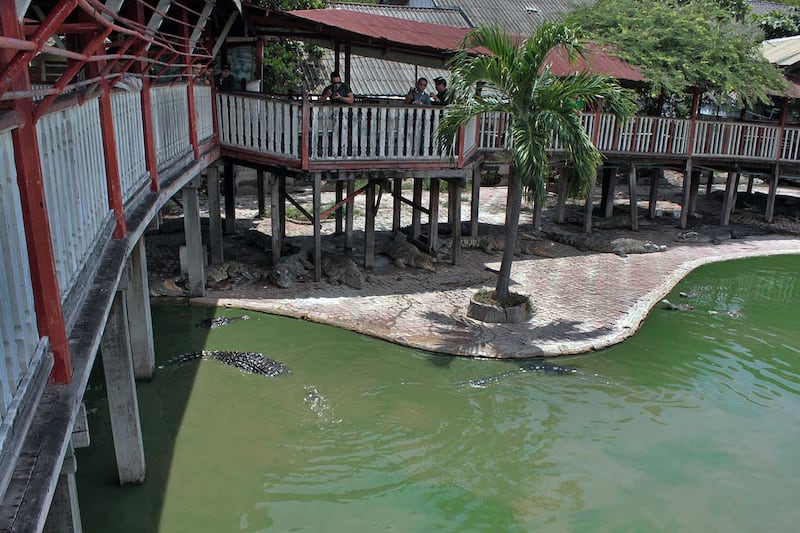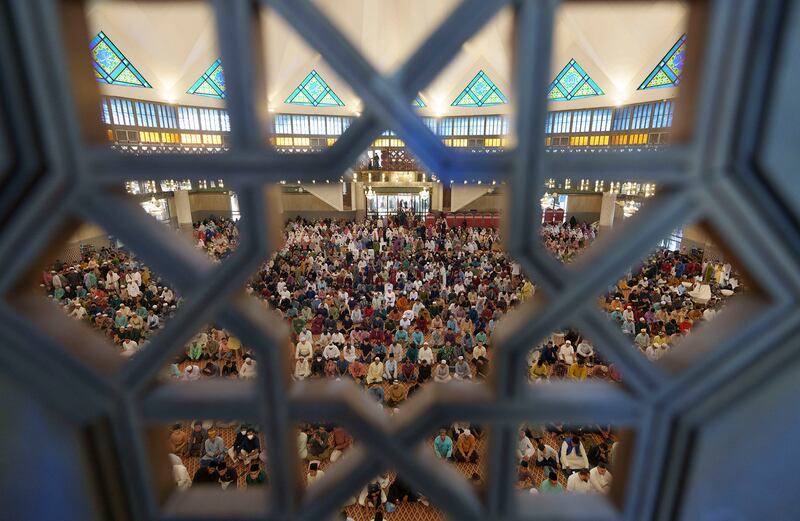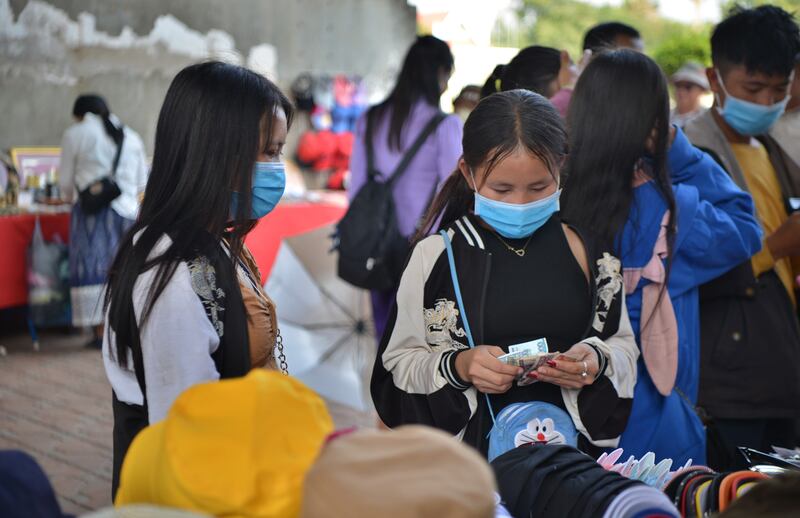According to a U.S. academic paper from 2022, suicide is now the "leading cause of death among middle‐aged adults" in Thailand. It is also the leading cause of death for Singaporeans aged between 10 to 29.
Some 476 suicides were reported in the city-state in 2022, up a quarter from the previous year and the highest number in more than 20 years. In November, Thailand's public health ministry reported a suicide rate of 7.97 per 100,000 people in 2022, up from 6.64 in 2019. Some 4,800 people ended their own lives there in 2022.
In August, the Phnom Penh Post reported on an apparent spree of suicides in Ratanakiri province that seemed to be related to the over-aggressive handling of deeply indebted families. A few months later, a well-known Cambodian business tycoon took his own life. Most of those who commit suicide in Cambodia are reportedly between the ages of 15 and 19.

In the Philippines, an estimated 7.5% of youths attempted suicide in 2021, up from 3% in 2013. Filipino campaigners urged the government last year to intervene more after the education department reported that 404 students had died by suicide (and there were 2,147 attempted suicides) during the 2021-2022 school year.
"The mental health crisis in the Philippines is a national emergency," said the local head of Save The Children.
Many Gen-Zs in Southeast Asia took notice of this problem when Moonbin, of a very popular K-pop band, took his own life last April.
Some positive developments
The ongoing economic crisis in Laos has caused a surge in suicides, I hear, although little information is seeping out of the hermetic country. But there have been reports of a spate of suicides and attempted suicides at the Laos-Japan Bridge in Pakse province after a well-known singer jumped from the bridge in 2022.
Future journalists and historians will reveal the scale of the suicide crisis in Myanmar caused by the Rohingya genocide and the military coup of 2021.
There were some positive developments in 2023.
Last May, the Malaysian government decriminalized suicide. Attempting suicide was previously punishable by a jail term of up to one year, or a fine, or both. The minister in charge of this noted that "nowadays, medical treatment, and not prosecution, is the best way to address the matter, based on approaches by other countries."

Singapore did the same in 2020. Importantly, judging by national newspaper reports from the region last year, the mental health crisis, the root of most suicides, is increasingly becoming a topic of open and frank conversation, another positive sign.
Across much of Southeast Asia, suicide rates actually decreased between 2000 and 2019, according to a vast WHO dataset. At first blush, most Southeast Asian states appear to have done rather well in terms of suicide prevention, at least up until 2019, the final year for the WHO dataset.
However, even as suicide rates have fallen, they have in almost all cases fallen much more steeply for women than for men.
More males than females
Only in outlier Brunei has the gender difference improved in the male favor: in 2000, around seven times as many men committed suicide as women but it was down to five times in 2019. The suicide rate for both males and females rose only in Brunei and the Philippines over this period.
In Timor-Leste and Vietnam, the suicide rate decreased for women yet increased for males. In Vietnam, suicide rates of women decreased by 19% between 2000 and 2019 yet rates for men increased by 12%. In Timor Leste, rates for men increased by 2 percent but fell for women by 26%.
Suicide rates for women in Malaysia decreased by 22% but just 0.7% for men between 2000 and 2019. In Cambodia, they fell by 38% for women and around 8% for men. Thailand is more extreme.
Despite an overall reduction in suicide for both genders, the disparity widened significantly. In 2000, 16.39 men committed suicide per 100,000 of the population compared to 7.07 for women, so a little over double. By 2010, almost four times as many men committed suicide as women (11.69 to 3.17 per 100,000 people). And by 2019, it was six times as many (13.87 to 2.3).

Gender differences, in some cases, are even wider at the extremes. In 2019, by far most suicides in Singapore were of people aged over 85, according to WHO data. However, men aged 85+ were 10 times more likely than women of this age group to commit suicide in the city-state. In Thailand, the second–biggest age group for suicides is 25-34. Men in this group were twelve times more likely to end their own lives than women of the same age.
In other words, things were improving, but they were improving much more slowly for males. The latest data from 2021 and 2022, as mentioned, suggest this disparity has increased since the pandemic.
Emancipation’s benefits
One in three suicides last year in Singapore were by men. These gender differences are well known by experts but not necessarily by the wider public, politicians and foreign aid donors.
The considerable decline in female suicide ought to be celebrated, and its likely cause is women’s emancipation in the region since the 1990s: greater control over the rate at which they reproduce; greater access to jobs and credit; and greater protection from violence.

Yet, things haven’t gone as well for the empowerment of at-risk males, which I certainly don’t believe is a result of the female emancipatory process.
As the data from 2019 makes clear with potentially wider disparities now, more than double the number of men compared to women committed suicide in Cambodia, Laos, Singapore, Timor-Leste and Vietnam.
In the Philippines, it was almost three times as many. And it was more than three times as many in Indonesia and Malaysia. It was five times as many in Brunei and six times as many in Thailand.
A serious response to this suicide epidemic must acknowledge these differences. Indeed, for the most part, the present suicide crisis is increasingly a crisis of male suicides.
David Hutt is a research fellow at the Central European Institute of Asian Studies (CEIAS) and the Southeast Asia Columnist at the Diplomat. As a journalist, he has covered Southeast Asian politics since 2014. The views expressed here are his own and do not reflect the position of Radio Free Asia.
